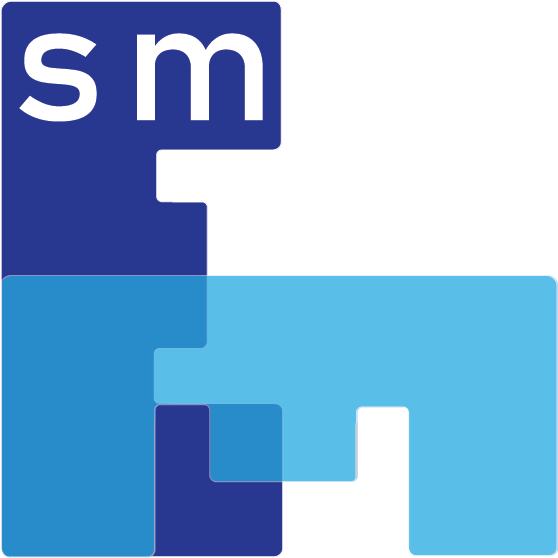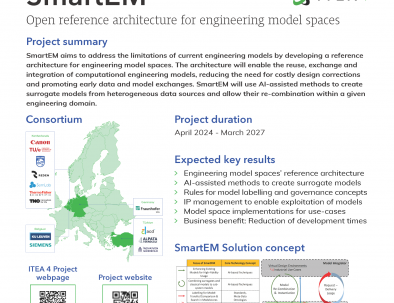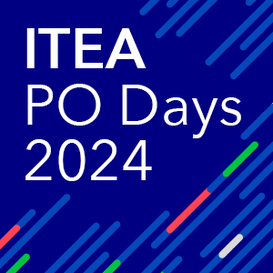We will proudly present this poster during the guided tours at the 2024 ITEA Project exhibition. All are invited to attend.
Transmission Electron Microscopes (TEMs) probe physical and chemical characteristics to sub-atomic scales in Life/Materials-Science, and Semiconductors. TEMs are complex SW/HW systems controlling a focused electron beam, sample environment and movement, to extremely high (pico-meter) accuracy and stability. Users demand sensing and measurement combinations leading to 1000’s of configurations. Current tools do not support timely and economic R&D, production and life-cycle management.
A virtual printer is a digital twin that combines various models together to enable evaluation of cross-disciplinary system-level properties for printers like print quality. A key challenge is life-cycle management of models used during the development process and later phases of production, i.e., until decommissioning the last instance of a printer family. Individual models are developed for a certain purpose, ignoring integration into a bigger context or other reuse.
A current trend in consumer products are personalized products, where smarter and connected products are adapted to customer needs. This results in complex products with challenges in development and manufacturing. Suppliers and development departments collaborate with models up to a limited level of detail due to a variety of constrains. Thus, multiple development iterations are needed, causing increased idea-to-market time.
Process optimization in gear grinding uses AI algorithms to improve the efficiency and precision of the process. The AI system continuously analyses and adjusts parameters such as feed rate, speed, and temperature to optimize output and reduce waste. This leads to increased productivity, improved surface quality and reduced downtime. The result is a smarter, faster and more cost-effective gear grinding process.
This use case addresses Additive Manufacturing (3D printing) optimized with simulation-assisted AI using build log data leads to improve accuracy, efficiency, and product quality. The AI algorithms usage results in process improvements, cost savings and waste reduction. Using build log data enriched with simulation enables a high-quality AM process and final product.
Energy generation is one of the central issues in today’s world. For the design of GE’s wind turbines, high-resolution flow models have to be coupled with structural models – either in full 3D or in 2D resolution. SE wants to apply ML methods for the design of their newest hydrogen engines. Both have a strong need for fast modelling capabilities using 0/2/3D models for faster design cycle times. Current rule-based models are too slow to run all the necessary variant studies in a suitable time. Transfer-learning enables designing similar product in different sizes. Sophisticated robust design models are required for higher efficiency.
Small production runs, each with many individual parts and variety of machining steps, lead to significant machine downtime due to set-up, loading/unloading of parts and loading/unloading of tools. Monitoring data showing the cutting times for time intervals of the machines is used as an indicator of cell performance.





















